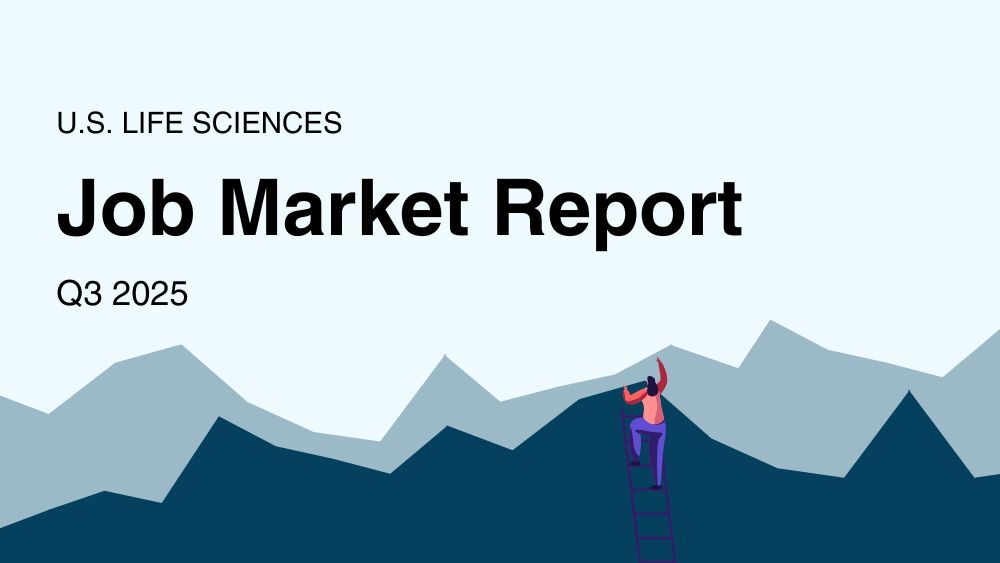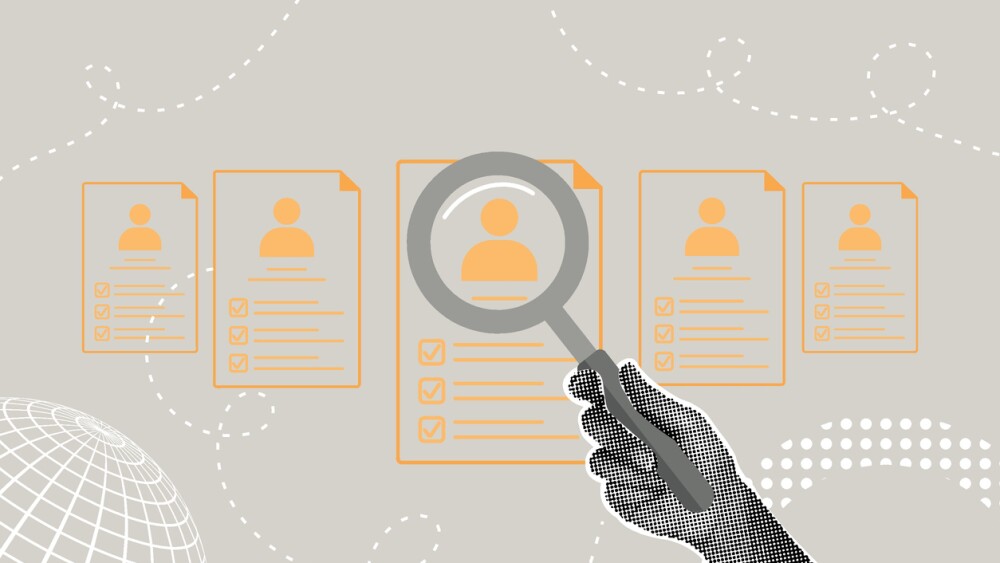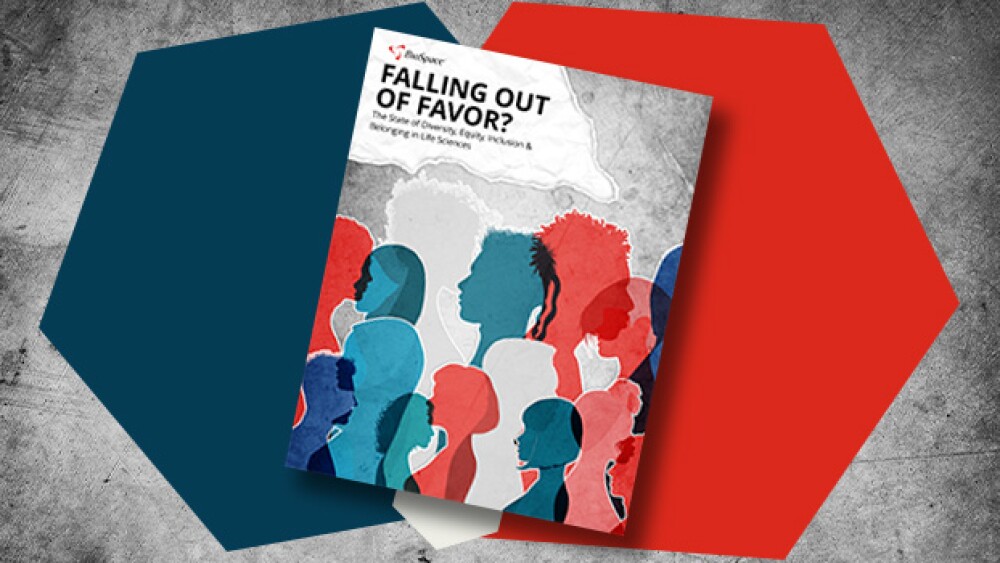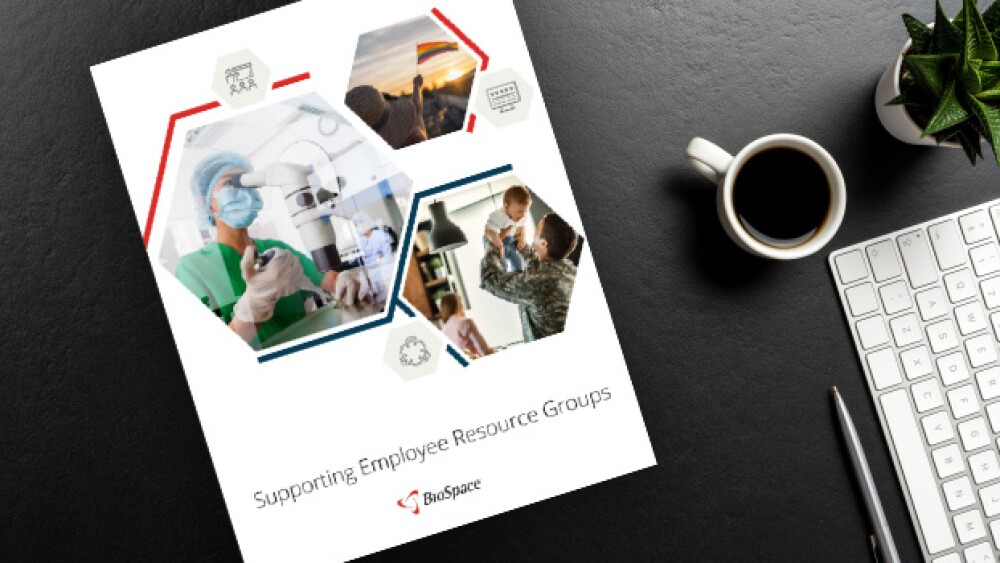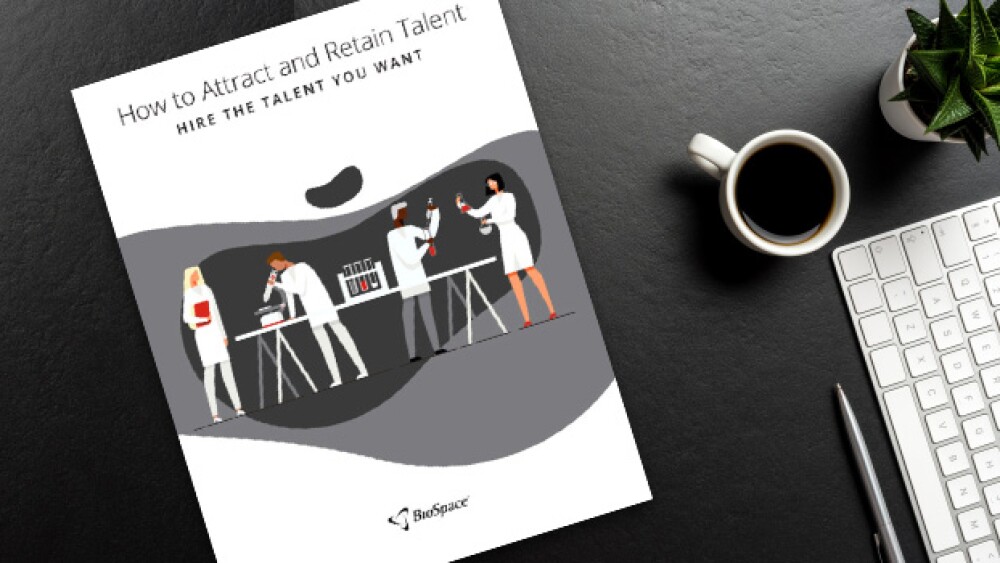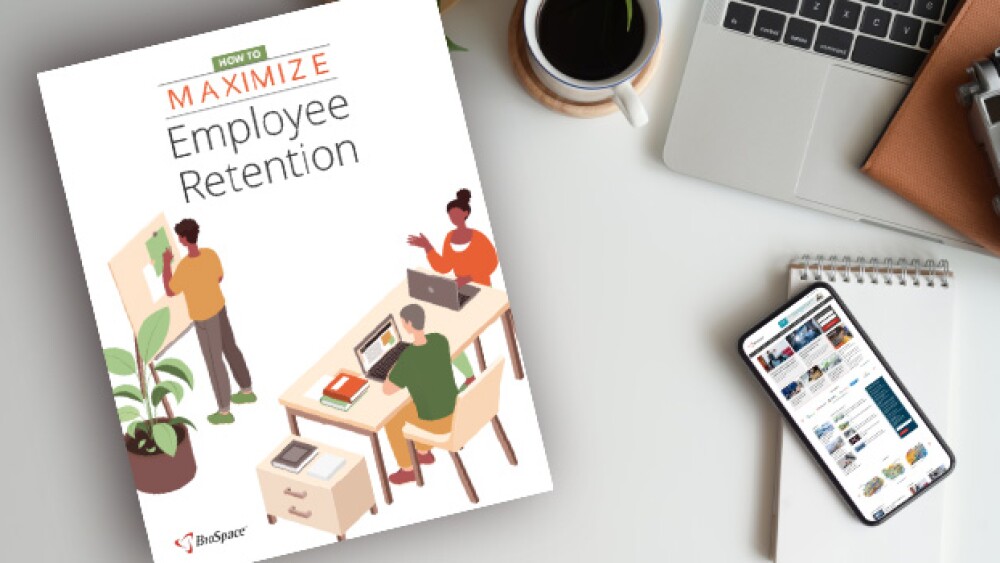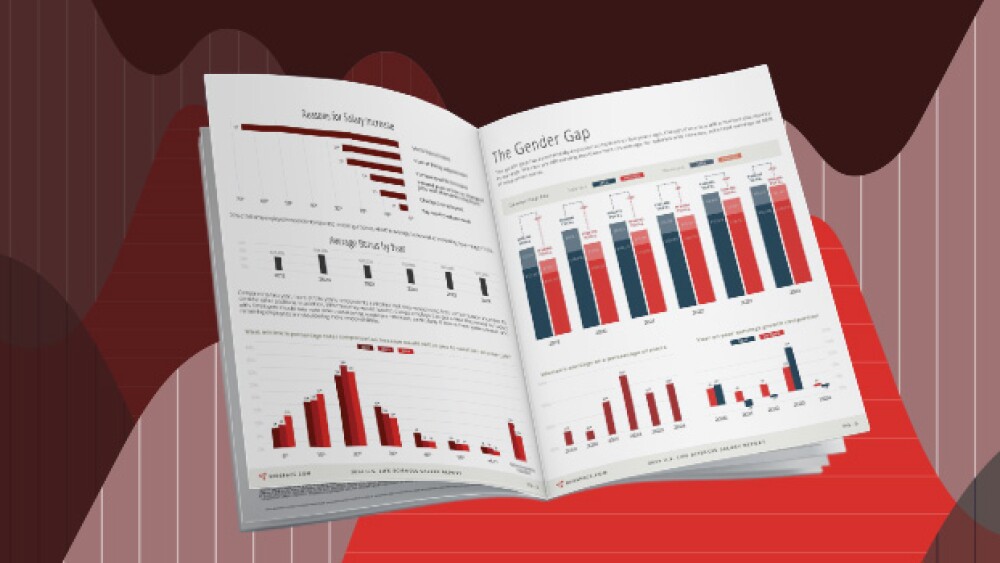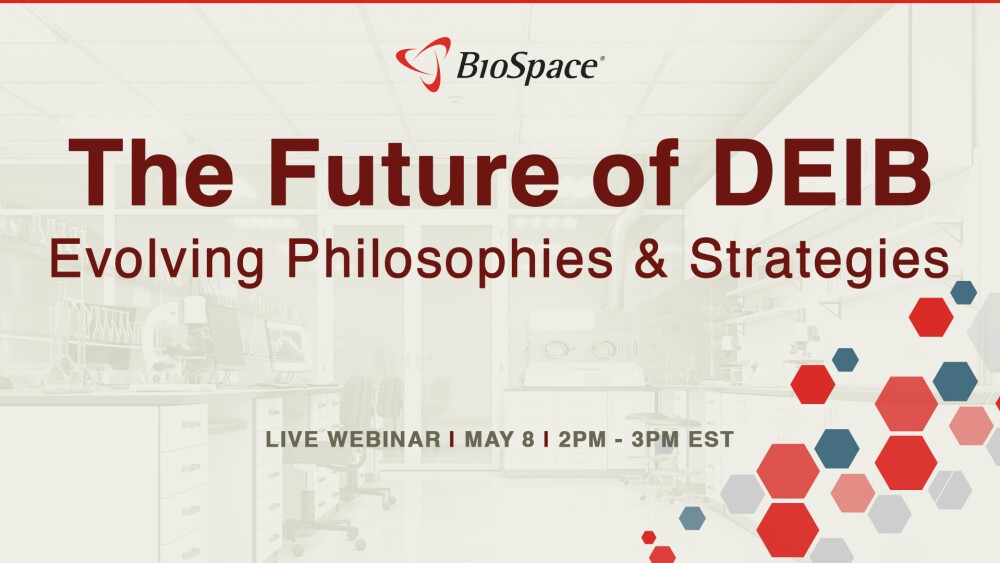Employer Resources
Insights to help you hire and manage your workforce
BioSpace’s Q3 2025 U.S. Life Sciences Job Market Report reveals a turbulent quarter for biopharma hiring, with record declines in job postings, rising layoffs, and cautious employer sentiment shaping the industry’s employment landscape.
Labor Market Trends
For the second month in a row, job postings on BioSpace increased in key biopharma disciplines. However, application rates also increased.
Biopharma professionals will probably find decreasing employment opportunities this month and next even as layoffs continue, based on BioSpace data. However, hundreds of open roles are expected this year in Massachusetts, and a job market turnaround could start late next year.
BioSpace has named 50 biopharma companies to its 2025 Best Places to Work list, including Moderna and Sutro Biopharma, whose executives share what makes their organizations special.
BioSpace’s third report on diversity, equity, inclusion and belonging in life sciences examines dramatic shifts in attitude around diversity initiatives.
BioSpace has created guidelines on how biopharma organizations, large and small, can effectively support employee resource groups (ERGs), encouraging both their creation and ongoing participation.
In the final instalment of our Diversity in Life Sciences series, BioSpace provides life sciences organizations with practical solutions and benchmarking data to strengthen their DEI initiatives.
How does age affect employees’ experiences in the workplace? This report examines the intersection of age along with gender and other demographics.
RECRUITING
BioSpace surveyed life sciences employers to understand attitudes and current trends on AI usage in recruiting. This report explores the benefits of using AI tools in recruitment and provides practical recommendations for HR and talent acquisition professionals to leverage AI effectively. Concurrently, this report highlights the challenges and risks of using these tools without critical thought and intention.
If people are your greatest asset, it is imperative that your organization maintains a positive employer brand presence and talent pipeline. This report covers how you can build a strong employer brand with prospective employees, current employees - and former employees.
As competition for life sciences talent peaks, BioSpace has undertaken research to determine what employers can do to ensure they don’t lose out on talent they actually want to hire and retain.
In challenging conditions, how can employers optimize the employee experience to retain their top talent and make the most of their current teams?
In this episode presented by Slone Partners, Leslie Loveless, Co-CEO and Managing Partner discusses how hiring and the building of executive teams has responded to the current biotech environment.
Seven in 10 U.S. hiring managers say their company usually considers employing overqualified applicants, according to a survey from Express Employment Professionals and The Harris Poll. However, 75% of employers believe such hires struggle to stay motivated in lower-level roles.
BioSpace’s 2024 Salary Report explores the average salaries and salary trends of life sciences professionals.
WEBINARS
This discussion features DEIB leaders from California Life Sciences, MassBio, Eli Lilly and Takeda. We explore changing attitudes in the life sciences workforce, if organizations are adjusting either their DEIB or communication strategies, and how evolving philosophies around DEIB are impacting human resources and talent acquisition activities.

